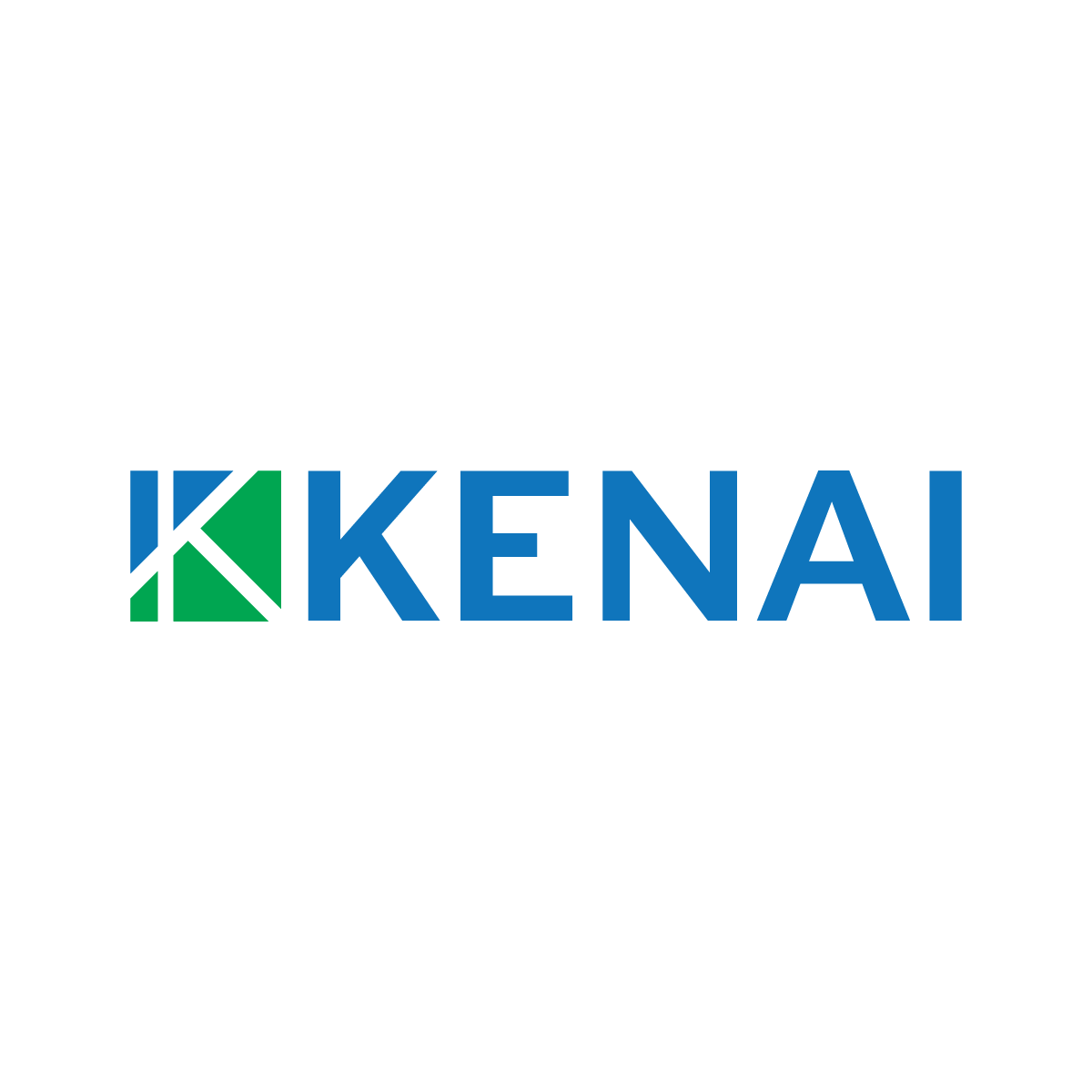In our last blog we looked at how you can clearly identify problems, so you have a strong grip on the complexity of the problem and its boundaries.
This blog is part of a series. If you’ve come to this blog fresh, please stop and read the problem identifying blog first.
So, you’ve got your problem sussed.
Now you’re ready to switch into problem solving mode.
By the end of this blog, you’ll know:
- some generic and tried-and-tested solutions
- what you need to consider if you’re thinking about building new, or buying off-the-shelf – including how to mitigate your risks
- when reusing your existing tools is the best solution.
To get you started – here’s some generic and proven ways to solve problems.
Hungarian mathematician, George Pólya describes several reasonable ways to look at solving mathematical problems in his influential book How to Solve It. Although he wrote this book in 1945, many of his principles still apply today. And not just in maths but across a wide variety of fields.
Here are some of his suggested ways to solve problems:
- make an orderly list
- eliminate possibilities
- consider special cases
- look for a pattern
- work backwards
- solve a simpler problem
- use a model.
What are your options when using technology to solve your problems?
There are three different approaches you can try:
- build new
- buy off the shelf
- reuse existing tools.
When is it the right choice to build new technology?
Once you’ve scoped out your problem, you’ll have a clear idea if your problem is niche, or an edge case, or whether it’s common.
If your problem or activity is unique to your business, you should look at building new because it is the most tailored approach to solving problems. Don’t build new if it’s an activity that every business does – like email marketing or invoicing.
What are the benefits of building new?
Bespoke – You can tailor the features and benefits to suit your exact needs. If managed well with detailed oversight, you can have more control over your spend than if you’re buying off the shelf. Plus, building new gives you more flexibility and control.
Security – You have control over your data as you’re not handing it over to a third party.
Building new can ensure your new solution integrates seamlessly with your existing tech. It’s crucial your tech fits into the overall ecosystem of your applications. A word of caution though, this can take a serious amount of expertise, time and money and you may find that an existing solution can already do this for you.
Fixing bugs – If a bug comes up, you raise it internally and providing you’ve got the resources, you’re likely to get it fixed quickly.
Differentiate yourself from your competitors – If you’ve discovered that no one is offering your solution, you can build new to set yourself apart.
What are the challenges of building new?
Cost and schedule blow outs and surprises – If you’ve seen Grand Designs, you’ll know how common it is for new builds to go over schedule and budget. The same goes for technology builds. You can have a budget and a timeline, but you need to factor in contingency costs.
Continuing with the Grand Designs analogy, you’ll also know that sadly some projects don’t finish and they are abandoned. In these cases, money, time and energy have been lost – and often can’t be recovered.
The sobering facts:
“Gallup reports one in six IT projects have an average cost overrun of 200% and a schedule overrun of almost 70%.” (When to Build vs. Buy Enterprise Platform: Risks, Benefits, and Considerations)
“Organisations cancel 31% of build projects.” (When to Build vs. Buy Software: Pros and Cons).
Where else could that money and time go? The opportunity cost.
Is the problem you are trying to solve integral to your business or is it a distraction? It’s unwise to throw a lot of money and resources at building a bespoke solution when the problem is minor and doesn’t impact your core activities. Think if that money could be better spent in marketing, recruiting new staff or something else. Just because you can build new, doesn’t mean you should.
You’ve got the power. Or do you?
Our first impressions of building new is that you have control over the initial build and then any maintenance and upgrades. This is true… to a point.
On the flip side, you’re also reliant on your developers. You run the risk of losing your code base, if your developers leave, and having to hire new developers who might need to recode from scratch.
Building new – mitigating the risks.
I’ve discussed the risks of building new, now let’s look at ways you can mitigate these risks.
- Model and roadmap the entire project so you have a clear idea of the destination and the milestones along the way. Test the model for its robustness before continuing. Make sure you include roadblocks and bumps along the way and plan for how you will overcome them.
- Expect the unexpected and build in contingency costs.
- Hire an experienced project manager. It’s a good idea to outsource this to someone impartial as they may be able to see more clearly if the build is steering off course.
- Readiness and team buy-in – before you even begin to build a new application, you need to ensure your organisation is ready and willing to adopt new technology. Get a wide variety of input so the team are involved in the decision-making process. You can appoint someone or a team to be ‘change champions’ to ensure people know the reasons and the benefits of the new tech and to help keep the momentum going, especially in the messy middle phase.
- Assess the impact of your decision before parting with your money and other resources.
- Analyse the return on investment, opportunity costs and the cost of ongoing maintenance.
- Ask your developers to document their processes and make sure they are using best practice so new developers can pick up the code.
- Keep a pace with new ways to build. You don’t have to necessarily go down the traditional coding route. Be aware of advances in app development – like low code development.
- Continue to monitor the impact of building new as the project progresses, so you can pull the plug before it’s too late.
How about buying off-the-shelf?
If you’ve identified that your problem is not unique and you want to know exactly how much your solution will cost, buying off-the-shelf is a sensible option. If we continue the house analogy, building off someone else’s plans can be attractive and fit-for-purpose, plus many vendors are happy to make tweaks to give you the features you need.
What are the benefits of buying off-the-shelf?
You don’t have to wait. You know that the solution is already made and ready to go so you don’t have to delay implementing your solution.
Continuity of care and customer support. If your vendor is well-established, they’ll have good structures and systems in place to offer you ongoing support. The code is also usually attached to the organisation and not its people, so it won’t impact you if their developers leave.
You know how much it will cost. Buying software may come with a high upfront cost and significant subscription cost. But the major benefit of opting for commercial software is you know the price. This is huge if you value and need certainty.
Connectivity. You can choose from software which will act as an extension to your existing IT infrastructure, so connectivity is not an issue.
What are the challenges of buying off-the-shelf?
Maintenance – If you come across a bug, you normally have to raise a ticket with your provider. You then have to wait for them to first agree that it is a bug, and a priority for them to fix. And if they decide it is an issue you may have to wait a while for them to resolve it.
Contract length – it’s important to choose the length you are comfortable with and which will have the most benefit for your company. It might be for a month, year or longer. Bear in mind, vendors have the ability to increase their subscription costs so factor that in to future expenses. You may want to apply for auto-renewal of your contract so you’re not left hanging and without the software once your contract is up.
Security – This is a biggie. You’re handing over your data to an external data centre. You need to ensure that their security settings are robust, transparent and that they follow best practice.
Buying off-the-shelf – mitigating the risks through a complete vendor selection process.
Thorough vendor selection means you need to consider the following points.
- If your budget allows, ensure you’re getting a wide range of potential vendors by creating and distributing a request for proposal.
- Ensure their technology can reach and is supportable across all hardware and platforms.
- Check reviews and ratings to evaluate their customer service and what they do when things go wrong.
- Read any case studies to see what it’s like working with them.
- Check their security credentials and see if there’s evidence of previous breaches.
- Write a list of your current technology solutions and explore if the vendors integrate with each other.
- Ask them how willing they are to make changes to their product so that it can meet your exact needs.
- Research how they deliver on their ongoing maintenance and upgrades.
- Research their onboarding process and how easy and quick it is to implement your solution.
What else? Reusing existing tools.
There is a third option – reuse what you already have. Even if you do have an IT budget, you may discover that what you already have is fit-for-purpose and that money is best kept for something more important.
Below are some questions to help evaluate whether you should continue to reuse what you already have.
- Are your staff aware of the full capabilities of your existing tech and are they taking advantage of them?
- Are there add-on features you can buy, or can you move to the next level of service i.e. from standard to premium?
- Have you discovered that your problem is small and contained so your existing tech gives you enough coverage?
- Is your budget and timeframe limited and you need to get quick results?
- Have you been in touch with your vendors to ask if they can make updates and have you checked their frequently asked questions?
- Is your existing tech scalable and sustainable – is it agile enough to help you grow?
Choosing the right solution requires you to be specific, curious and open-minded.
It’s scary how often organisations go over budget and schedule when building new, or worse, get halfway through the project and be forced to abandon it.
On the other hand, not spending enough time when selecting a vendor can cause problems down the track particularly around security, customer service and maintenance.
Also, don’t overlook the tech you already have in your toolkit. Or you may even decide that a mix of building and buying is right for you.
Invest time in your preparation and research phase. Resist being stubborn and doing things the way you’ve already done them, avoid chasing shiny objects, and stop throwing money at a solution when it’s clearly not working. Careful research, project management and buy-in from your team are all crucial, too.
And, if this all sounds a bit much, I can help you understand the possibilities and guide you through the whole process.
I’m keen to hear your go-to processes for choosing the right solution. Please share them below.
Further reading:
When to Build vs. Buy Enterprise Platform: Risks, Benefits, and Considerations
Building vs. Buying Software Solutions to Continuous Improvement
Build vs. Buy: Developing the Big Picture Approach
































